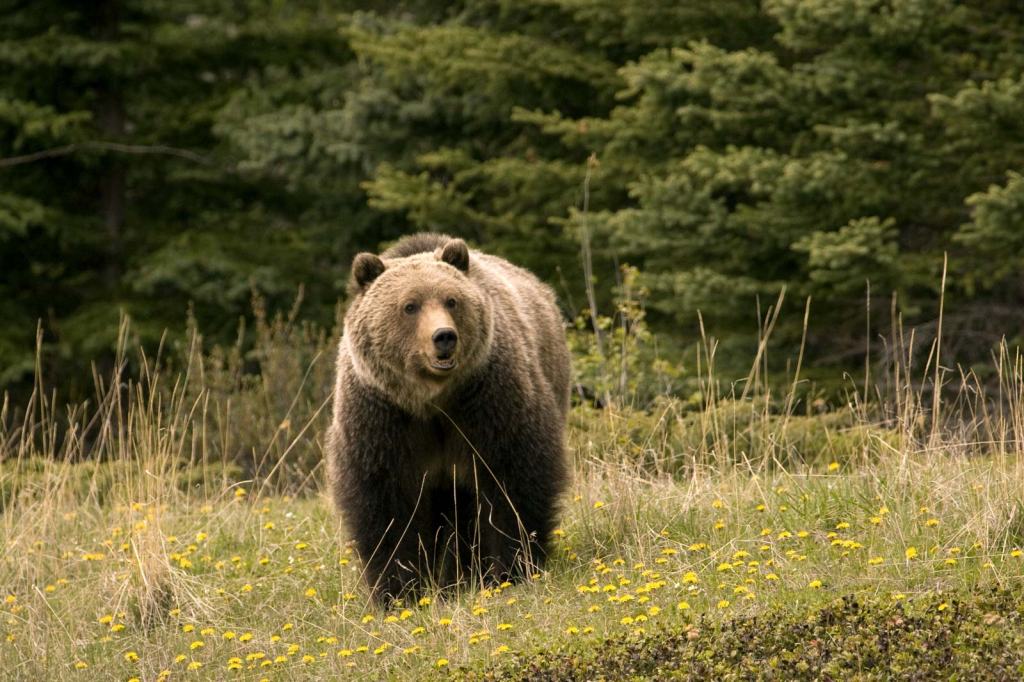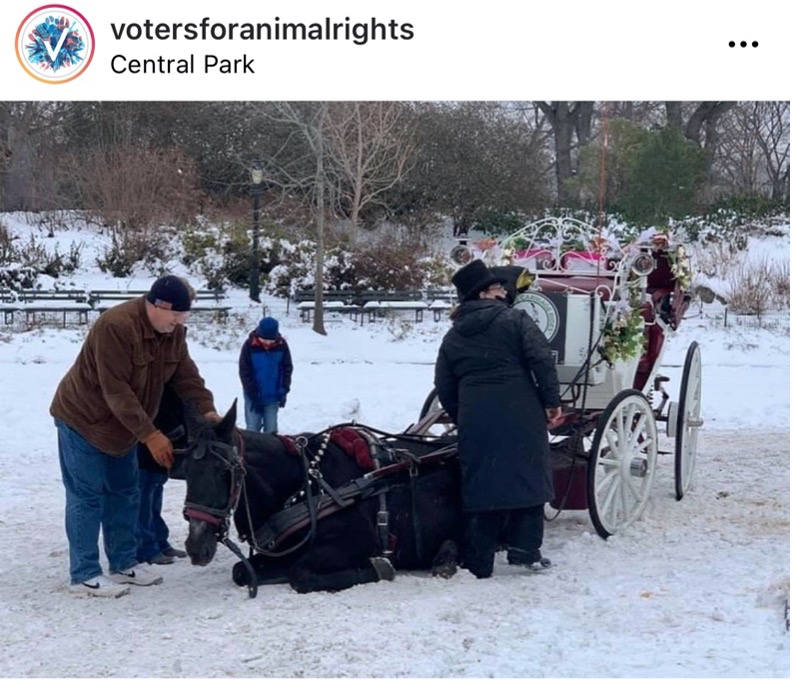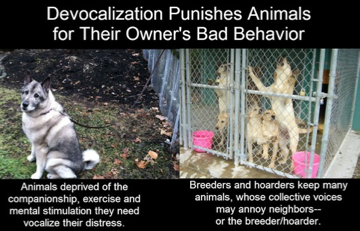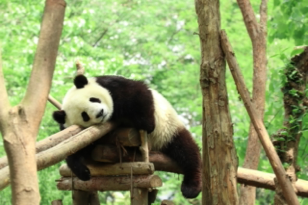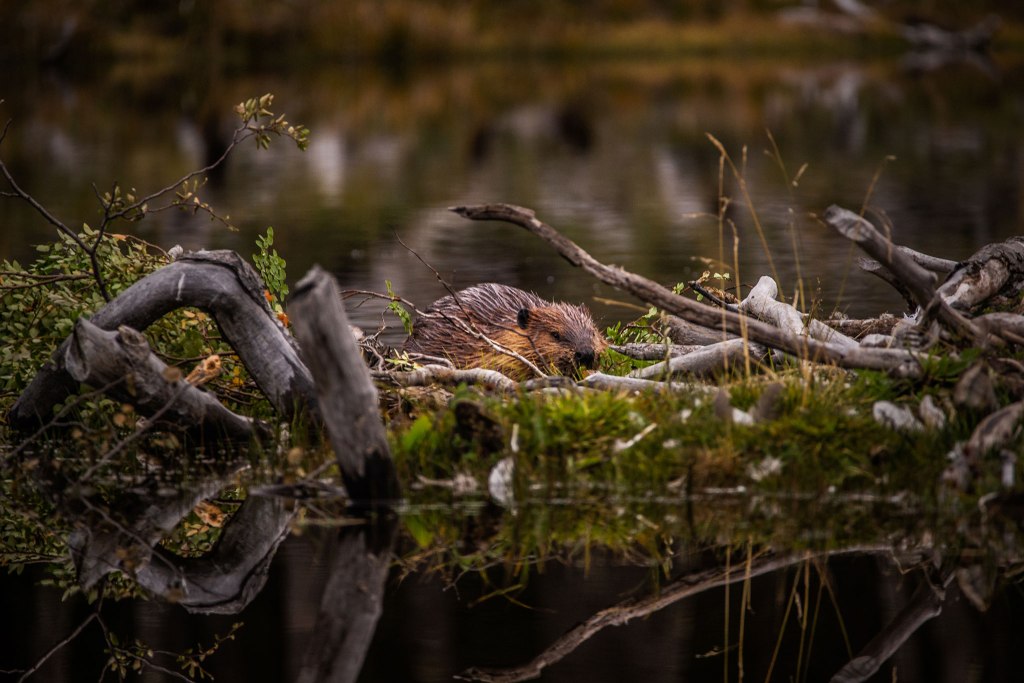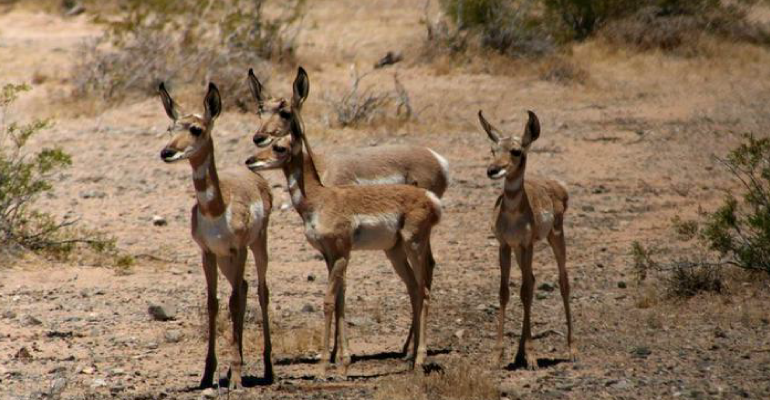Aine Dillon
Many think of the ocean as a place with peaceful sounds. Some even use the sounds of waves to fall asleep. However, not everyone knows that the ocean, under the surface, is actually very loud. Today, the ocean is almost deafening for marine animals. Marine wildlife use their sense of sound as much as land animals. However, human-created noise is polluting the ocean. This noise threatens the survival of many marine animals that use their sense of sound to communicate, avoid predators and find prey. The International Fund for Animal Welfare lists ocean noise as one of the five biggest threats to marine wildlife.
Ocean noise can come from commercial shipping, oil, seismic surveys, cruise ships, naval sonar training, and construction. Over the last 40 years, the Pacific Ocean’s noise level has doubled. Historically, the blue whale could communicate across oceans. Today, the distance they can communicate has decreased by 90% due to Ocean noise.

The American Navy has used sonar to detect enemy submarines. Due to sonar, whales have swam hundreds of miles, rapidly changed their depth, or even breached to escape the sound. In 2003, the Natural Resources Defense Council (“NRDC”) campaigned to ban sonar testing in areas rich in marine biodiversity. The NRDC appealed to the Supreme Court and cited Navy documents that estimated the testing would result in temporary deafness for at least 8,000 and kill 170,000 marine animals and cause permeant injury to 500 whales. In January 2005, 34 whales washed up shore dead along North Carolina close to the offshore Navy sonar training. Many suspected more whales died that did not wash up on shore.
Whales and dolphins make complex vocal communications using clicks, whistles, and squeaks. These communications are used during reproduction, feeding, avoiding predators, and navigation. Noise levels can decrease the distance communications can travel and severely impacts the survival of these animals. Noise can hinder marine wildlife’s ability to hear their group members, protect their young, or hunt for prey. Although these animals can tolerate some noises in the oceans, such as noise from rainfall, storms, or other animals’ communications, they cannot evolve fast enough to compensate for the exponential increases from human-created noise.
The first sign of the impact of ocean noise came after the September 11th attacks. After the attacks, the shipping traffic off the east coast of the United States halted. Scientists studying the North Atlantic right whales observed a sharp decline in stress-related hormones in the whales’ feces. It was the first evidence that ship noise alone contributed to chronic stress in the whales.
During the COVID-19 pandemic, there was a sharp decline in many industries that use the oceans. One industry that almost halted completely was the cruise ship industry. Cruise ships can be especially harmful to marine wildlife because of their high speeds, and they travel to many remote and ecologically sensitive areas. Without cruise travel, the ocean noise decreased. This time also allowed scientists to research the impacts of ocean noise by comparing behavior before and after the cruise ships stopped sailing.
Simple changes can quiet the oceans. For example, the noise created by ships directly correlates to the ship’s speed. The faster the ship is traveling, the louder the ship is. Ship design can also create less noise. Further, utilizing shipment routes that avoid endangered species can decrease the likelihood of ocean noise pushing species into extinction. Additionally, slower ships burn less fuel and produce fewer greenhouse gasses, which decreases the environmental costs of ships. Slower ships also decrease the possibility of hitting whales by 50%.
Currently, no international laws regulate ocean noise. However, some cities or ports have taken action. For example, the Port of Vancouver reduced port fees for ships that decreased their noise pollution. Hellenic Trench, Greece has changed its permitted shipping routes to avoid risk to the endangered Mediterranean sperm whales.
To decrease the casualties due to sonar, many animal rights groups have suggested that the Navy decrease the number of testing during peacetime or gradually increase the testing to allow wildlife to flee affected areas. Further, these groups have suggested that the Navy move testing to areas with less rich biodiversity or avoid areas with endangered wildlife.
Consumers can also help. Consumers can try to buy more local goods that have a higher likelihood of coming from shipment on trucks rather than ships. Further, buying in-store instead of buying online can also help. Finally, supporting groups that advocate for laws that limit the amount of ocean noise allowed can also aid in protecting marine wildlife.
Filed under: Uncategorized | Leave a comment »




